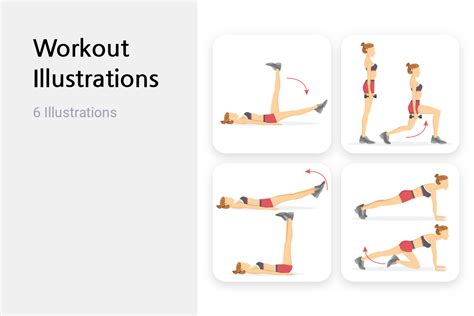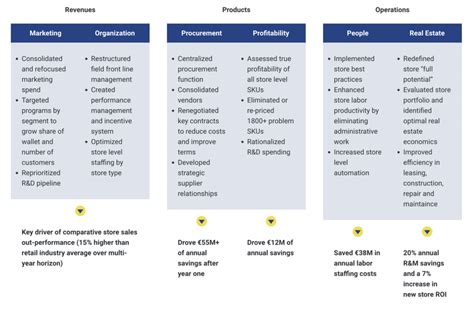How to maximize workout intensity without risking injury or burnout?

Pushing your physical limits is a core desire for many fitness enthusiasts. The drive to get stronger, faster, or more enduring often leads us to seek higher intensity in our workouts. However, this pursuit comes with a critical balancing act: how do you maximize effort without crossing the line into injury or mental and physical burnout? The key lies in strategic planning, mindful execution, and a deep understanding of your body’s signals.

The Foundation: Smart Planning and Impeccable Technique
True intensity isn’t just about lifting heavier or running faster; it’s about efficient, effective effort. This starts with a solid foundation.
Prioritize Proper Form Over Weight
Incorrect form is the fastest route to injury. Before adding more weight or increasing speed, ensure your technique is flawless. Focus on muscle activation and controlled movements. A slightly lighter weight with perfect form will yield better results and significantly reduce injury risk than a heavier weight executed poorly.
Embrace Progressive Overload — Gradually
Progressive overload is the fundamental principle of adaptation. To get stronger, you must continually challenge your muscles. This can be achieved by gradually increasing weight, reps, sets, decreasing rest times, or improving time under tension. The keyword here is ‘gradually.’ Small, consistent increments prevent your body from being overwhelmed, allowing it to adapt safely.
The Non-Negotiables: Warm-up and Cool-down
A dynamic warm-up prepares your muscles and joints for the demands of your workout, improving blood flow and flexibility. Similarly, a proper cool-down, including static stretching, helps in muscle recovery and reduces post-exercise soreness. Skipping these steps directly increases your risk of strain and injury.

Listening to Your Body and Preventing Overtraining
Your body provides constant feedback. Learning to interpret these signals is crucial for sustainable progress and avoiding burnout.
Implement Periodization into Your Training
Periodization involves structuring your training into cycles of varying intensity and volume. Instead of perpetually pushing to the max, you’ll have phases of higher intensity followed by phases of lower intensity or active recovery. This allows your body to recover, adapt, and build strength without succumbing to chronic fatigue or injury.
The Power of Active Recovery
Rest days don’t always mean complete inactivity. Active recovery, such as light walking, stretching, or foam rolling, can help improve blood flow, reduce muscle soreness, and promote faster recovery without adding significant stress. It’s about movement with a purpose: healing and preparation.
Fueling for Performance and Recovery
High-intensity workouts demand adequate fuel. A balanced diet rich in lean protein, complex carbohydrates, and healthy fats is essential for energy, muscle repair, and overall health. Hydration is equally critical; even mild dehydration can significantly impair performance and recovery.

Prioritize Sleep: The Ultimate Recovery Tool
Sleep is where the magic happens. During deep sleep, your body repairs tissues, synthesizes hormones, and consolidates memory. Chronic sleep deprivation not only impairs physical performance and increases injury risk but also severely impacts mental resilience, making burnout more likely.
Mental Toughness and Burnout Prevention
Maximizing intensity isn’t just physical; it’s also a mental game. Preventing burnout requires addressing both.
Set Realistic and Achievable Goals
While ambition is good, setting unrealistic goals can lead to frustration, overtraining, and ultimately, burnout. Break down larger goals into smaller, manageable milestones. Celebrate small victories to maintain motivation and a positive mindset.

Introduce Variety to Keep Workouts Engaging
Doing the same routine day in and day out can lead to monotony and mental fatigue. Incorporate different types of training (e.g., strength training, HIIT, endurance, yoga) to challenge your body in new ways and keep your mind engaged. This also helps prevent overuse injuries by distributing stress across different muscle groups.
Manage Stress Beyond the Gym
Workout intensity adds stress to your body. If you’re also dealing with high levels of stress from work, personal life, or lack of sleep, your body’s capacity to recover and adapt is severely diminished. Practicing mindfulness, meditation, or simply taking time for hobbies can significantly improve your overall stress resilience.

Conclusion
Maximizing workout intensity without risking injury or burnout is an art form that blends scientific principles with self-awareness. By focusing on proper form, gradual progressive overload, intelligent periodization, diligent recovery, and holistic stress management, you can continually challenge yourself, achieve impressive gains, and sustain your fitness journey for the long term. Listen to your body, respect its limits, and enjoy the process of becoming stronger and more resilient.








